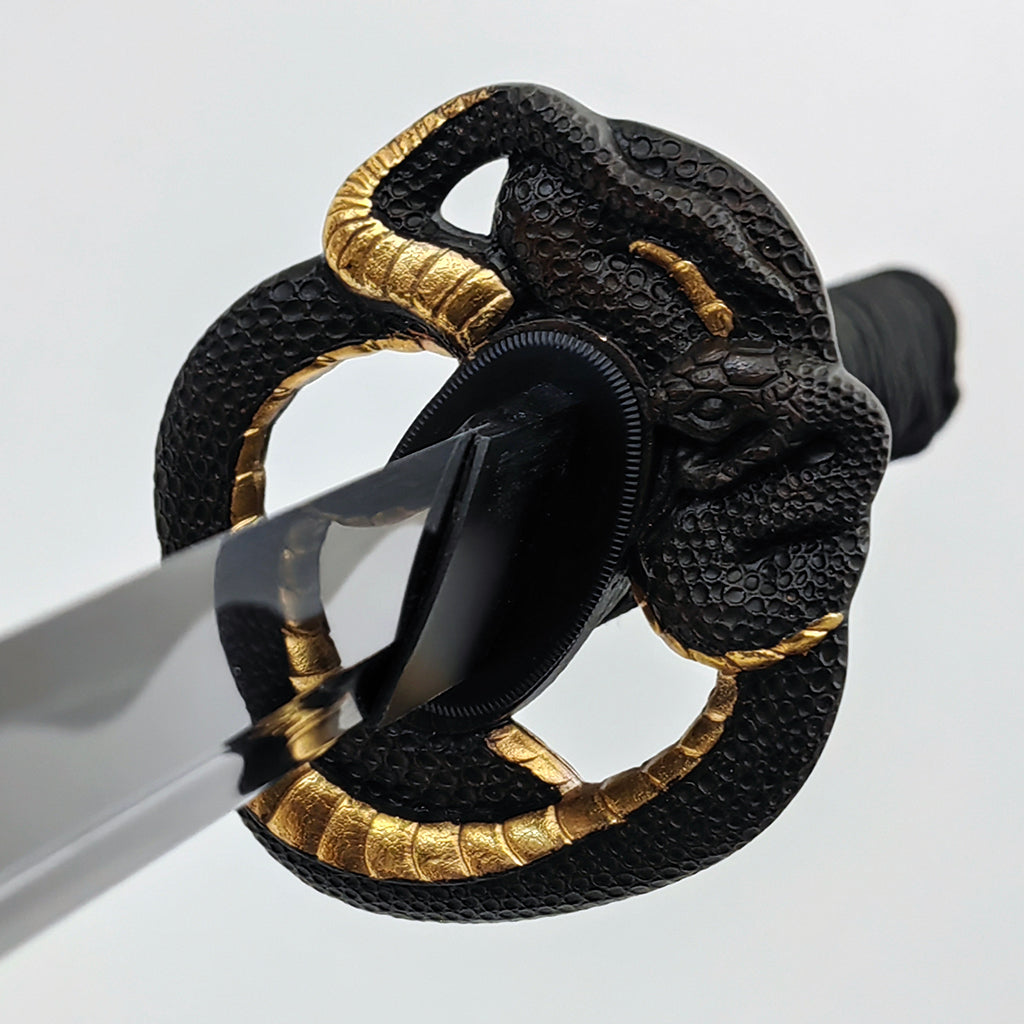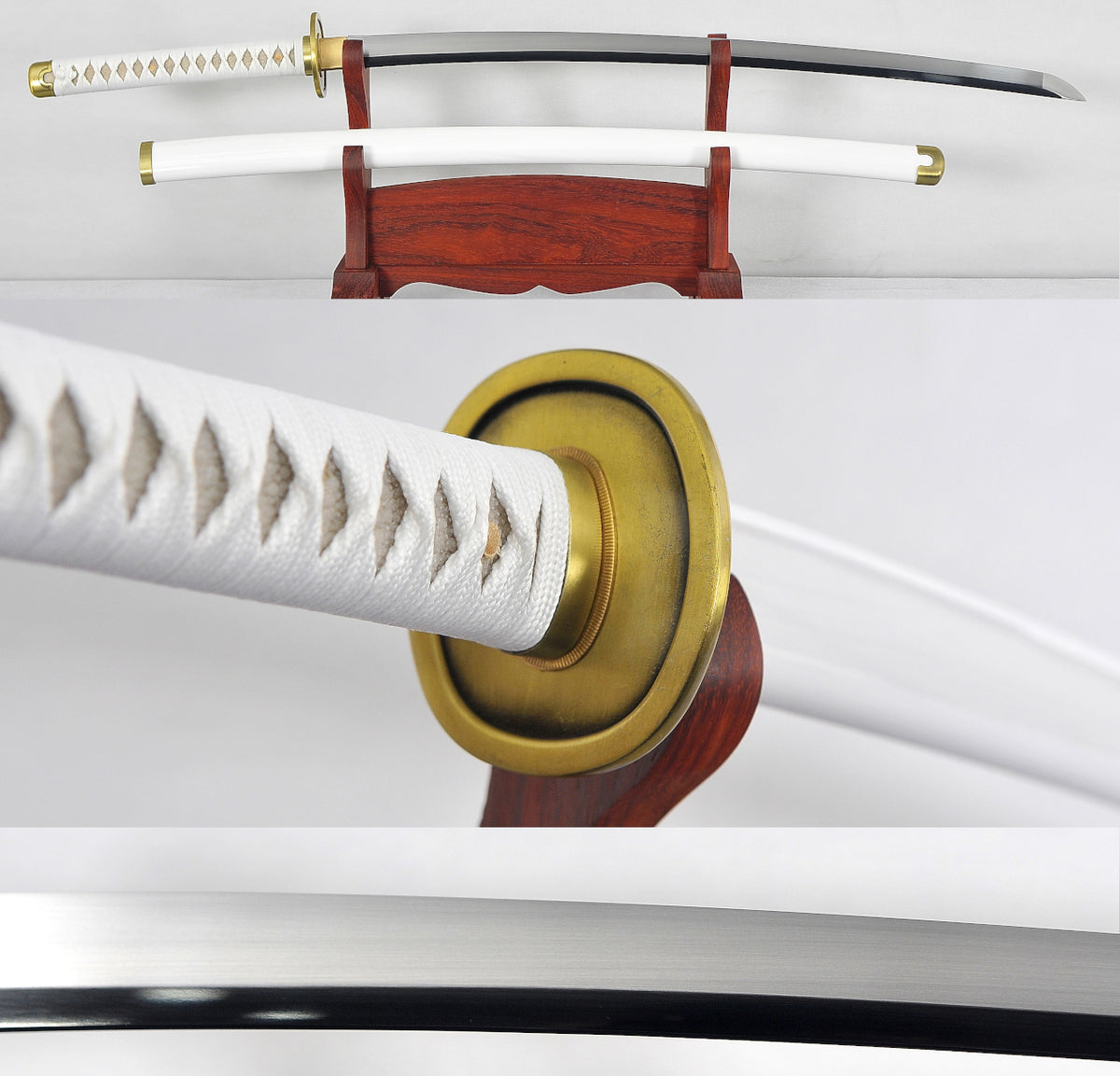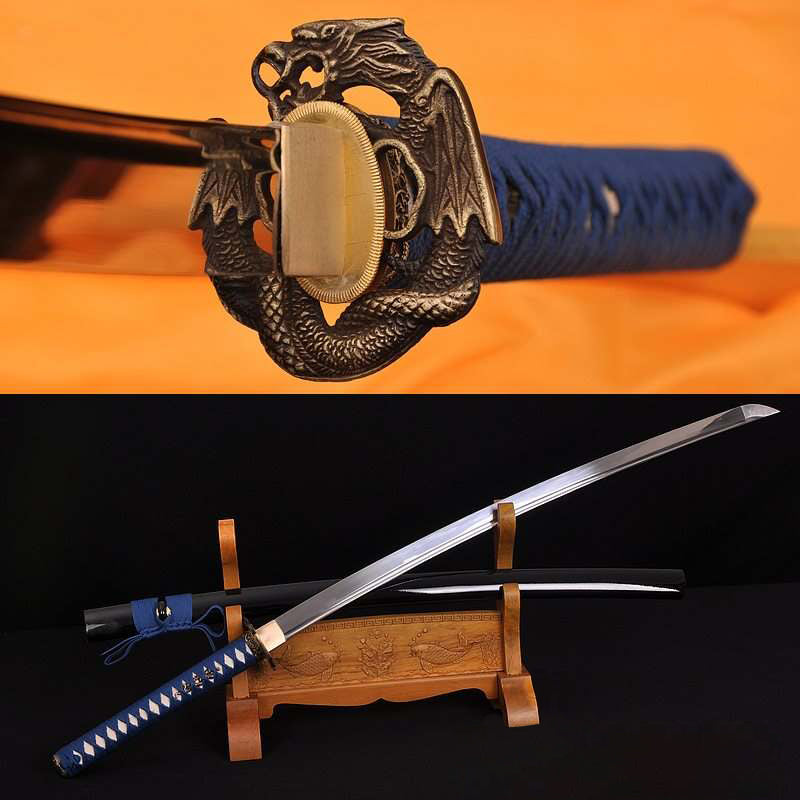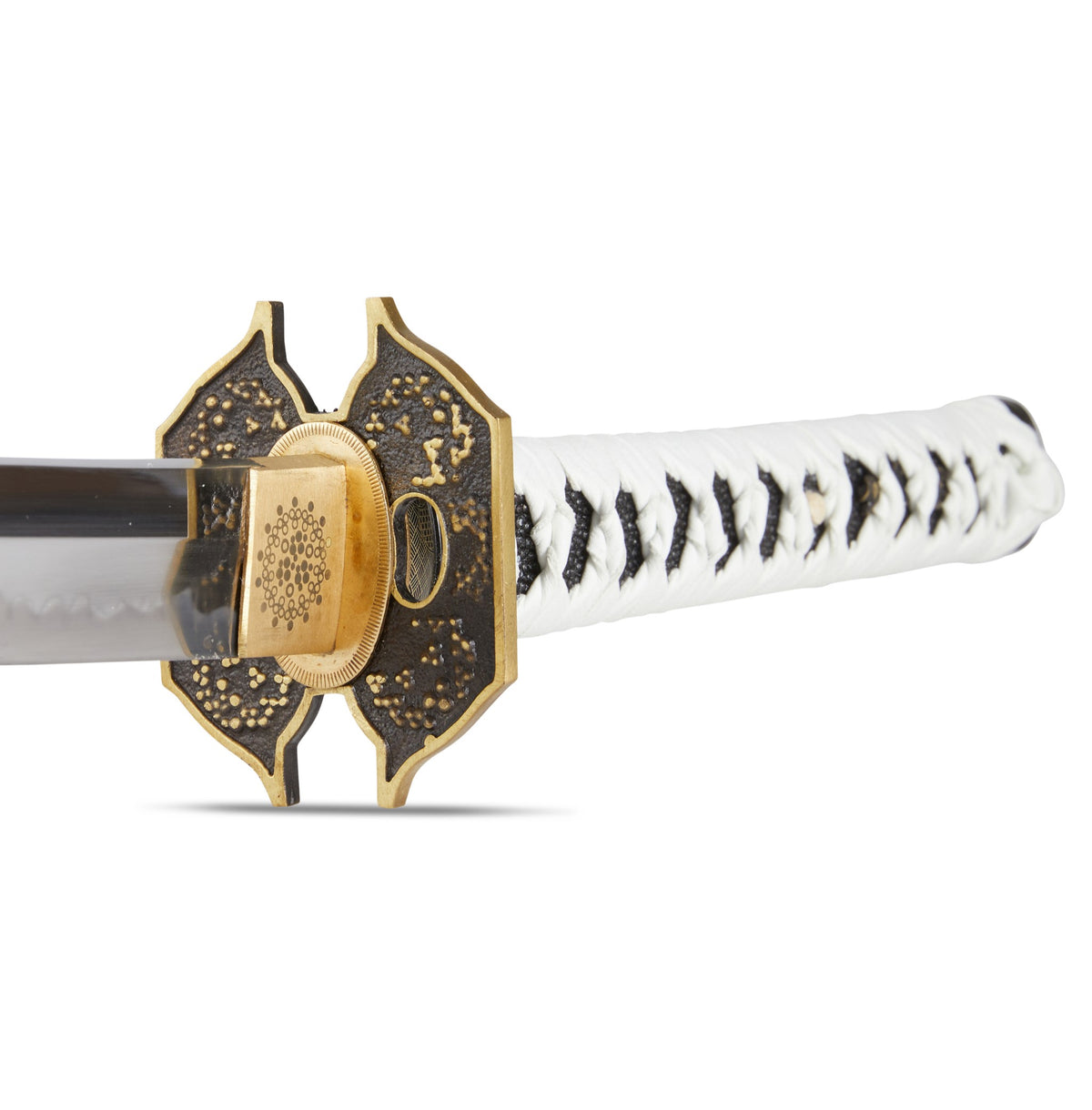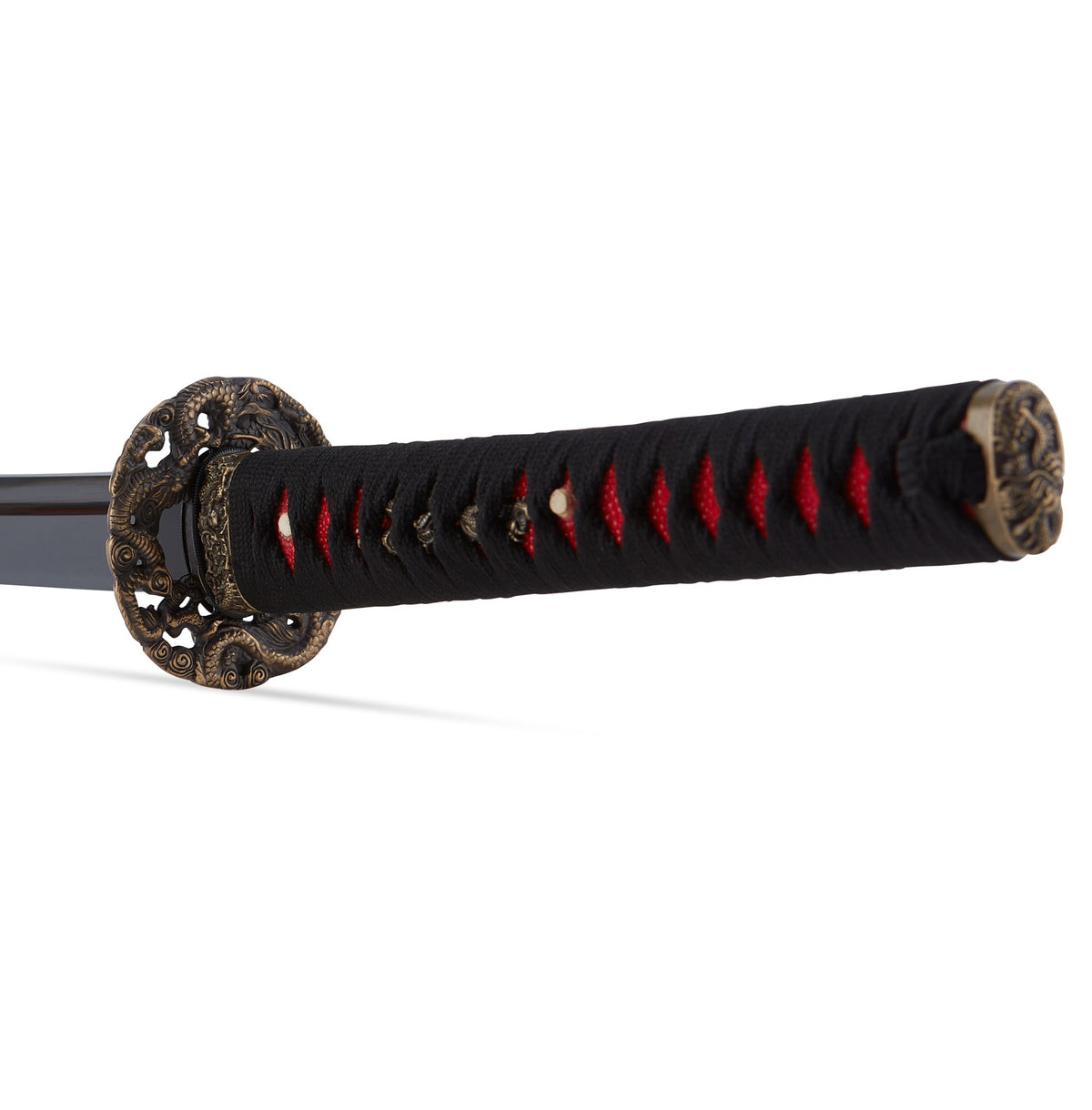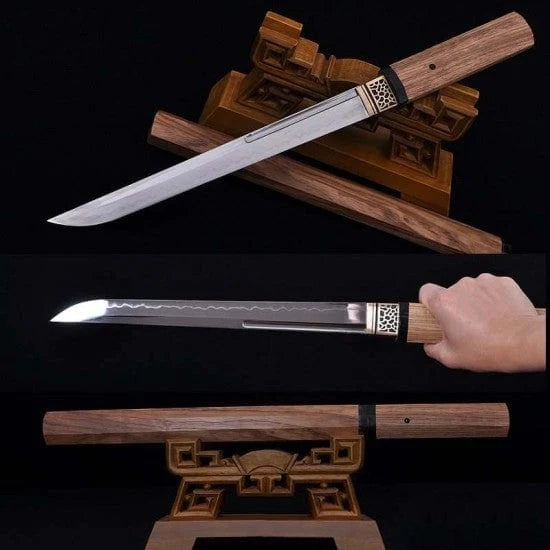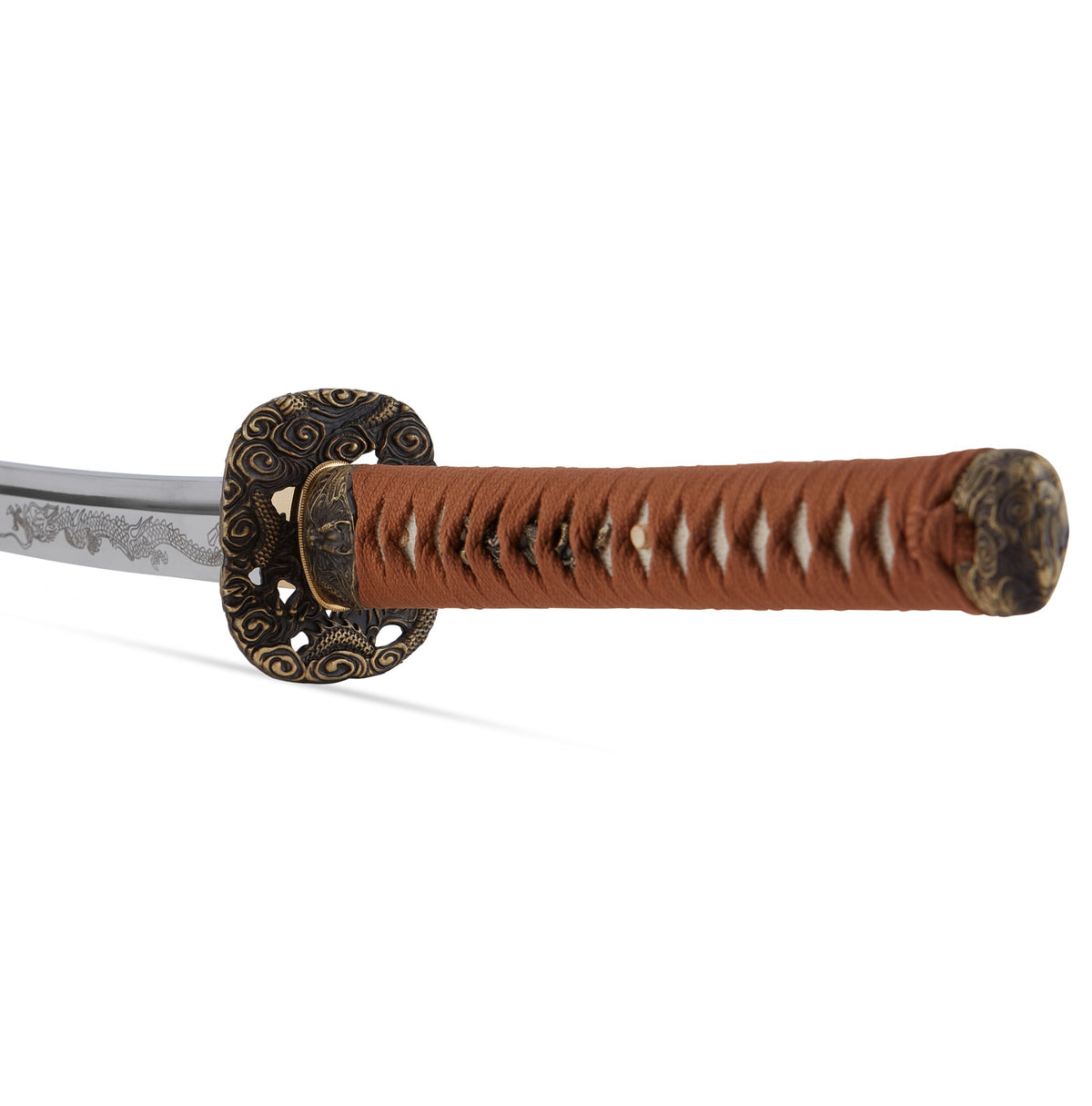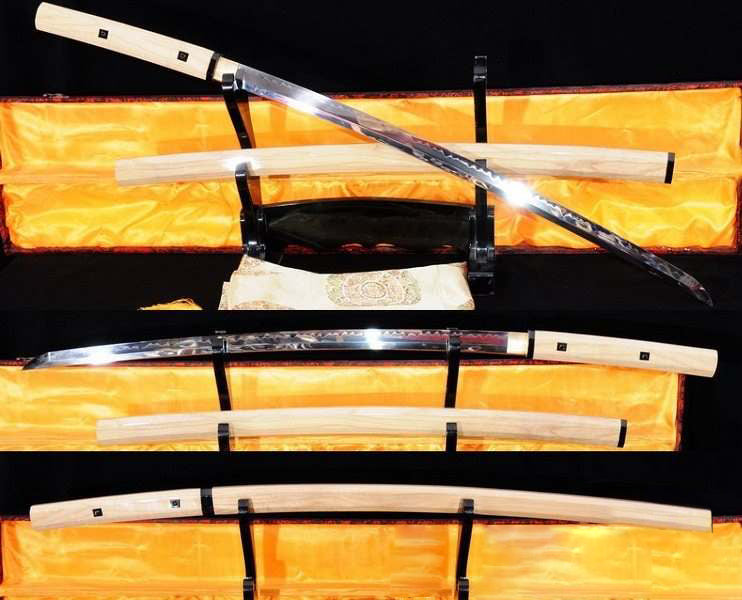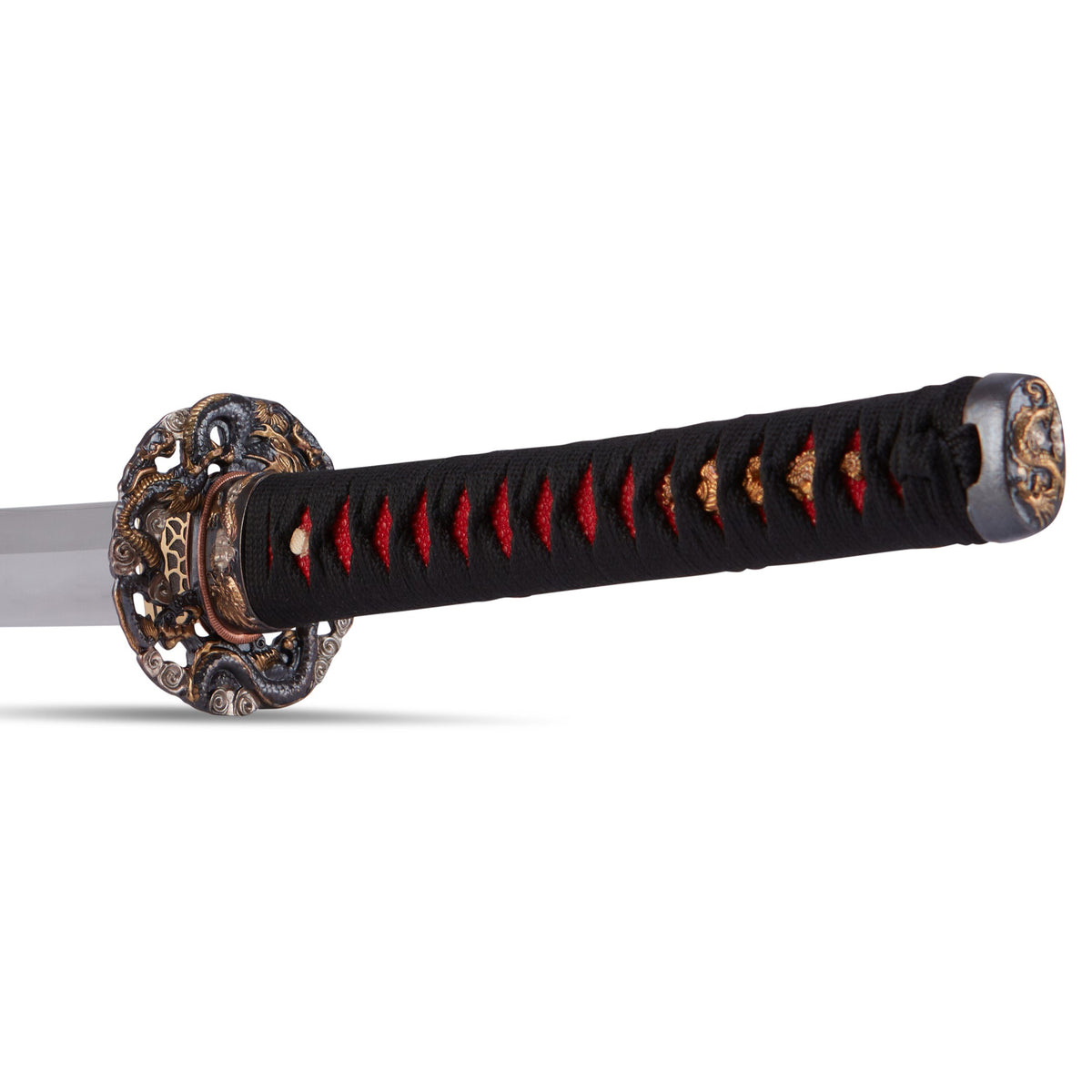The Battle of Barnet and History of the Sword in Britain

Medieval weapons are fascinating. They pose so many questions about the world in which they were used. How were they made? How do you fight with them? What are they capable of? And most of all, what did they mean to the people who used them? To our medieval ancestors, weapons were of immense personal value. They were treasures often of great beauty and the companions of a man in his most desperate hour of need. Let’s explore the weapon most associated with the medieval period, the sword.
From the gentlemanly art of dueling to the swash and swagger of the silver screen, the sword is at the heart of our romantic imaginations. It’s the weapon with which the hero wins out against insuperable odds. It is the weapon that gives the hope that skill can triumph over brute force. But on the battlefield, the sword is a vicious and visceral weapon, capable of a savage and chilling brutality. And there is one late medieval battle in which it played a remarkable central role.
Over 500 years ago on Easter Sunday 1471, 24,000 soldiers fought desperately for over three hours in a brutal struggle. It was the battle of Barnet, and much of the fighting was close quarter, hand-to-hand combat. The sword was the principal weapon. Then, Barnet was just a village 11 miles north of London, but the battle there marked a turning point in the Wars of the Roses, and saw the death of the most powerful man in England. Although firmly in the age where most battles were decided by gunpowder and arrow storms, at Barnet, the man had to fall back on the age-old skills of fighting with the sword.
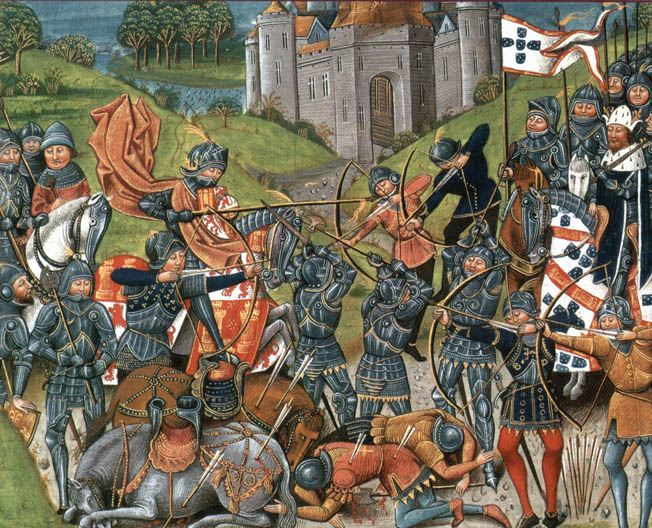
Longbowmen engage each other in a period image of the Wars of the Roses
The typical sword of the period was double-edged, fairly rigid, with a sharp point. It’s the sort of sword that can be used both for cutting and thrusting. With a pommel at one end, a weight that counter-balances the sword. Swords were generally used both by cavalry and infantry, but at Barnet there was another type of sword prevalent on the battlefield, the longsword. The king of swords. It possessed tremendous power and versatility in the frenzy of close-quarter combat. The most important thing about any sword is the blade. It seems straightforward but actually it’s a very sophisticated piece of technology. The steel must be hard enough so that it will take an edge, but if it’s too hard it will be brittle and break. A broken sword is the last thing you’d want in battle, so you need a good quality sword that's tempered to have flexibility and pliability.
The Wars of the Roses lasted on and off for 30 years, though there were less than 12 weeks of actual fighting. This struggle saw mighty barons allied to the houses of York and Lancaster fighting to control the crown. Chief among them was Richard Neville Earl of Warwick, known as the Kingmaker. His vast land-owning wealth centered on Warwick castle made him the most powerful man in the land. He sided with Edward of York and deposed the Lancastrian King, Henry the 6th. Warwick was the driving force behind the coup. But nine years into Edward’s reign, Warwick who had quarreled with him, raised an army and drove him into exile. Warwick had changed sides. He was now a Lancastrian.
Edward decides to strike for London. Six days later he enters the capital in triumph and is crowned once more. Warwick follows. He reaches Dunstable on Good Friday where he learns the capital is lost. By the next morning, he’s half a mile north of Barnet and commands his army to take up positions on a ridge of high ground. And there they wait for the onset of a battle that will decide the fate of both Edward and Warwick. Warwick’s soldiers waiting on the ridge at Barnet little realized that skill with the sword would soon determine their fate.

It’s Easter Saturday, 1471. The sword is about to take center-stage in one of the most critical battles of the Wars of the Roses. The Earl of Warwick has stationed his Lancastrian forces on high ground half a mile north of Barnet. They now wait for the enemy to arrive. At 4 o’clock, the Yorkist Edward the 4th begins the march north from London. He makes good progress and reaches Barnet by dusk. Despite the gathering darkness, Edward decides not to allow his troops to stay in the village, probably so they don’t succumb to the temptations of the taverns. Instead he orders them to approach very quietly towards Warwick’s forces stationed on the high ground, and get themselves into position in front of his lines. This nightly maneuver doesn’t go exactly according to plan, because it’s now so dark that Edwards men can’t see clearly and they come much, much closer than they realize to Warwick’s army, right in front of his formidable artillery.
Cannon had been a common sight on the battlefield for over a century, and Warwick is an enthusiastic user of it. Today his artillery considerably outnumbers Edwards. So why was the sword still being carried in the age of the gun? In part it was because of the sword’s iconic status, a legacy from it’s past. In Anglo-Saxon Britain, the sword was the most celebrated weapon on the battlefield, renown not just for it’s brutal efficiency, but for magical properties it was thought to possess. Perhaps the most famous enchanted sword is Excalibur which has since become a potent symbol of power, status, and authority. Much of the sword’s elevated status stem from the intricate manner in which early swords were made.
Pattern-welded swords, forged from multiple pieces of steel, were weapons of high prestige, affordable only to the military elite. They became prized heirlooms, handed down through generations of warriors, each hoping to immortalize his name through military prowess. In the epic poem Beowulf, the hero is lent a pattern-welded sword before facing the ferocious sea monster Grendel’s mother. For centuries, pattern welding was the only way to make strong and reliable swords. But by the turn of the first millennium all that had changed.

Dramatic improvements to the way iron was produced meant that blades could now be forged from a single piece of steel. They could now be manufactured in greater numbers. By the time of the Norman Conquest in 1066, swords were a general-issue weapon routinely taken into battle. Yet the legacy of their Anglo-Saxon past lived on. The power of the sword remained, no longer the ultimate symbol of a Saxon warrior but instead of the medieval knight. To all the ancient traditions of power, status, and authority, was added the final touch of Christian sanctity. In the Crusades, knights and warrior monks like the Knights Templar were exhorted by the Pope to turn their swords on the enemies of Christ with the promise that their past sins would be forgiven.
It’s dawn on Easter Sunday 1471, and for the first time, armies commanded by Warwick and Edward are about to fight. It’s make-or-break in the Wars of the Roses. Yet at this stage it doesn’t look like it’s the sword that’s going to decide the battle. Warwick has got a considerable train of artillery which he’s deployed on the high ground, and in the darkness, Edward has brought his troops forward much closer than either side realized. They’re so close it’s said that Edward’s Yorkist men could hear the voices of Warwick’s soldiers in the darkness. And so Edward told his men to stay quiet. Now Warwick was eager to capitalize on this superiority of artillery so he commences a great night’s bombardment. All night long there is the deafening crack of cannon as they belch their sulfurous fury into the night’s sky. But because the armies are so close, much closer than they ever could have expected or assumed, the cannons are over shooting. Edward, not wanting his enemy to realize his mistake, told his men to stay quiet, hold their breath, and remain silent. That they do all night, and the Yorkist soldiers are unharmed.
Warwick’s plan was further confounded as a heavy impenetrable mist began to form. This was to have a major impact on the battle to come. Gun powder smoke from the continuous artillery fire condensed with the mist to create a thick fog. Most knights dismounted to fight on foot, and both long bows and guns were virtually redundant, as no one could see who they were shooting at. This was a slugging match, raw hand-to-hand combat, and for every man on that field, skill with the sword was paramount.

The majority of men on the field are hardened professional soldiers, rugged and violent men. Until recently they’d been in France serving in the Hundred Years War, but the English had finally been defeated. Great armies of unemployed soldiers returned home. For generations they had been recruited for the war by the feudal landowners, and now bored with the humdrum life of peace, they again sought service in one of the private armies still maintained by the leading barons. The system was called livery and maintenance. A soldier would wear the badge and livery coat of his lord and maintain him in his quarrels in return for his protection in theirs. These were turbulent and dissatisfied times. Justice was virtually non-existent. And these were the men, the livery and maintenance men, who fought and died in their master’s shifting causes, in the vendetta’s and campaigns in the Wars of the Roses.
At Barnet, Warwick is persuaded by his brother to dismount and fight on foot to show his men that he is not for turning, that he will stand or die by their side whatever the day may bring. Hours later his bold undertaking is held to account. As the fighting continues, it becomes clear that the opposing armies are misaligned. Warwick’s right side outflanks and outnumbers Edward’s left and the Yorkist division soon flee the battlefield, spreading the news that the day belongs to Warwick. On Edward’s right flank, the roles are reversed. His men beat back Warwick’s left, causing the whole position of the battle to swing round. Edward was in the thick of the fighting and reported to have acquitted himself with courage and skill.
“With great violence he beat and bore down before him all that stood in his way, and turning first one way then another, he so beat and bore down that nothing might stand in the sight of him.” These words hold an important clue about the nature of the fighting at Barnet. Contemporary illustrations show soldiers in full plate armor, and even though not everyone would have the full kit, most were well-equipped. Against plate armor, a sword’s heavy percussive blows could cause fractured limbs, severe hemorrhaging, concussion, and the loss of orientation, resulting in men removed from the fighting in a dazed and confused state. But there was death at Barnet, as many as 5,000 men are thought to have died, and the sword could kill outright with a driving thrust into the face, as men lifted their visors to see and breath in the chaos of battle

The fighting at Barnet was fierce, with men enduring an incessant torrent of crushing, clubbing, and battering blows. After three hours of fighting, Warwick believed the day was almost his and was just waiting for the return of his ally, the Earl of Oxford, to seal his victory. Oxford’s men were already in the town of Barnet, plundering and looting, but with a remarkable act of leadership he rallied 800 of them and led them up the Great North Road back to the battlefield. But disaster struck. In the thick fog, Warwick’s archers mistook Oxford’s Standard, a star, with the enemy flag, a sun. And in a tragic incident of friendly fire, Oxford’s men began to fall under a hail of arrows.
It was a mistake that turned the tide of battle. Having unintentionally killed men on their own side, Warwick’s entire force was overtaken by confusion and hysteria. Thousands quit the battlefield, believing they’d been betrayed. Warwick realized that all was lost, and after seeing his brother Montague killed before him, he decided to flee the battlefield. It had been his brother’s idea to send his horse behind the lines to show those that followed him that he was not for turning, that he would fight til the end.
Now, wade by his armor, after hours of exhaustive fighting, he struggled through the fog and carnage to make his escape. It is thought he might have reached his horse, but he was trapped in the woods where he was later captured. Warwick the Kingmaker, the most powerful man in England, was then killed and stripped naked, his corpse subsequently taken to London for ignominious display before the gawking crowds. Edward wins again at Tewkesbury a few weeks later, mopping up the last of the Lancastrian resistance. He reigns unchallenged until he dies 12 years later.
The sword had gone on a long journey, from the elite weapon of Saxon heroes, to the universal weapon of last resort, and an everlasting symbol of war. The power of the sword endured, in spite of the increased use of gunpowder in the following centuries, it remained at the heart of military identity, constantly reinventing itself for infantry and cavalry. It was the ubiquitous sidearm for all troops right until the end of the 19th century, and it remains today as the principal emblem of an officer’s rank. No other weapon carries with it such ancestral authority and potent magic.
Best Sellers
- Regular Price
- from $199.99
- Sale Price
- from $199.99
- Regular Price
-
- Unit Price
- per
- Regular Price
- from $299.00
- Sale Price
- from $299.00
- Regular Price
-
- Unit Price
- per
- Regular Price
- from $199.00
- Sale Price
- from $199.00
- Regular Price
-
$0.00
- Unit Price
- per
- Regular Price
- from $319.00
- Sale Price
- from $319.00
- Regular Price
-
- Unit Price
- per
- Regular Price
- from $619.00
- Sale Price
- from $619.00
- Regular Price
-
- Unit Price
- per
- Regular Price
- from $249.00
- Sale Price
- from $249.00
- Regular Price
-
- Unit Price
- per
- Regular Price
- from $339.00
- Sale Price
- from $339.00
- Regular Price
-
- Unit Price
- per
- Regular Price
- from $219.00
- Sale Price
- from $219.00
- Regular Price
-
- Unit Price
- per
- Regular Price
- from $364.00
- Sale Price
- from $364.00
- Regular Price
-
- Unit Price
- per
- Regular Price
- from $519.00
- Sale Price
- from $519.00
- Regular Price
-
- Unit Price
- per
